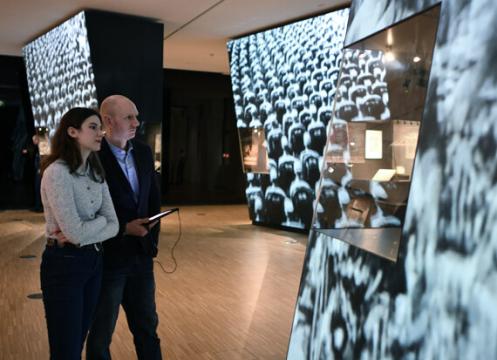
World War I
1914, a turning point for Europe. Politically, economically and culturally Europe had reached the peak of its global power.
Yet, the outbreak of World War I, the first industrialised mass war, caused unprecedented destruction on the battlefield and in societies at large. These four years shook Europe to its foundations, dragging it into a global conflict as never seen before.
This catastrophe was the trigger for the most murderous century in European history, and its traumatic effects had a profound impact on European memory.
Poison gas was first used successfully by German forces at Ypres, Belgium, in 1915. The idea of using gas as a weapon had developed as a means to try and break the deadlock of trench warfare. Chlorine, bromine and mustard gas were all used. While actual fatalities were limited, the psychological effects on soldiers were significant. The gas mask perfectly illustrates the dehumanisation of the individual in this war.
The gas masks of war United States of America 1917 Hulton Archive/ Stringer/ Getty
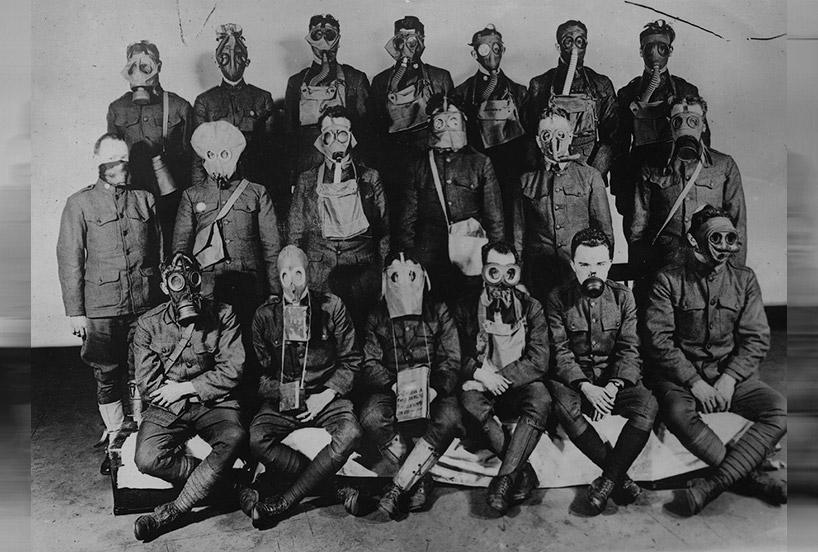
On 28 June 1914 the heir to the Austro-Hungarian Empire, Archduke Franz Ferdinand, and his wife were assassinated in Sarajevo by Gavrilo Princip, a Bosnian Serb seeking a Yugoslav state independent from Austria. The event destabilised a fragile power balance and plunged the continent into war.
Pistol as used in Sarajevo assassination plot Belgium, 1910 Heeresgeschichtliches Museum, Vienna, Austria

It is estimated that 10 million soldiers died in World War I, with the remains of many never identified. This led to the concept of the ‘unknown soldier’ across Europe, allowing people to remember those killed in action at gravesides and public memorials. After the war, the seemingly senseless slaughter discredited the governing classes. European landscapes, scarred by war, were altered forever; today, battlefields, archaeological remains and graves stand witness to this memory.
Grave marker for unnamed soldiers Soca Front, Austro-Hungarian Empire, 1914-1918 Concrete and Barbed Wire Kobariški muzej, Kobarid, Slovenia
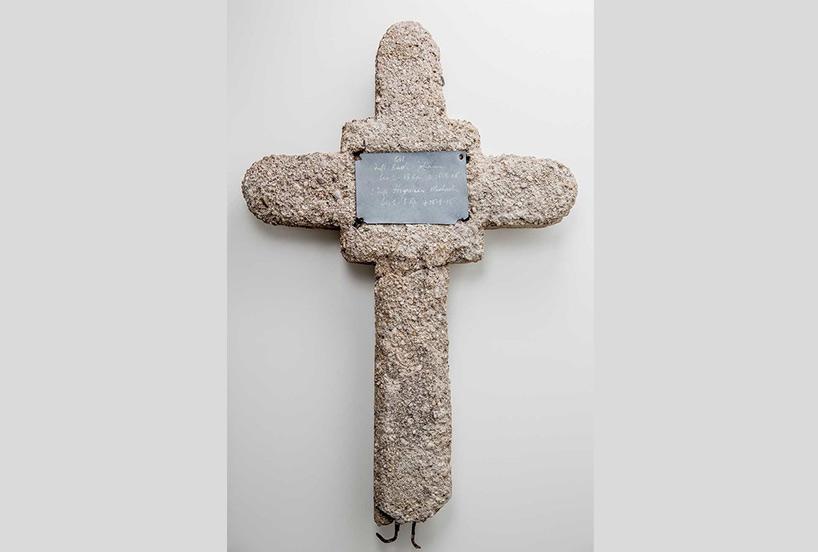
Totalitarianism versus democracy
As a consequence of World War I, old empires broke up and modern national states were created. Pacifism and the idea of European integration gained increased support but faltered in the face of rising nationalism and totalitarian aggression.
Parliamentary democracy flourished all over Europe, whereas the Soviet Union became the first Communist dictatorship. However, by 1939 the majority of these democracies had failed and most Europeans lived under authoritarian or totalitarian regimes, which forcibly controlled public and private life and limited individual freedoms.
The Nazis came to power in 1933 and established a totalitarian regime that saw Aryan Germans as the biologically superior master race, destined to dominate Europe. Jews were blamed for Germany’s problems and accused of plotting to take over the world.
Audio Guides
- New political landscape
- Democracy
- State and nation
- 1917-1920
- Spread of the revolution
- Totalitarianism versus democracy
- Breaking the traditions
- Pacifism / Ethnical conflicts
- Rapprochement / Revanchism
- European idea / Fascism
- Keynesianism / The Great Slump
- Authoritarian regimes
- Ideology (Stalinism)
- Leadership (Stalinism)
- Economy (Stalinism)
- Mass terror (Stalinism)
- Genocide and mass terror (National Socialism)
- Economy (National Socialism)
- Leadership (National Socialism)
- Ideology (National Socialism)
- International impact of the Spanish Civil War
Joseph Stalin’s cult status began soon after he took control of the Soviet Union in the late 1920s, and reached its peak after Soviet victory in World War II
"Raise higher the banner of Marx, Engels, Lenin, and Stalin!" Soviet Union, 1933 Gustav Klutsis (1895-1938) Poster Reproduction Российская государственная библиотека / Russian State Library, Moscow, Russia
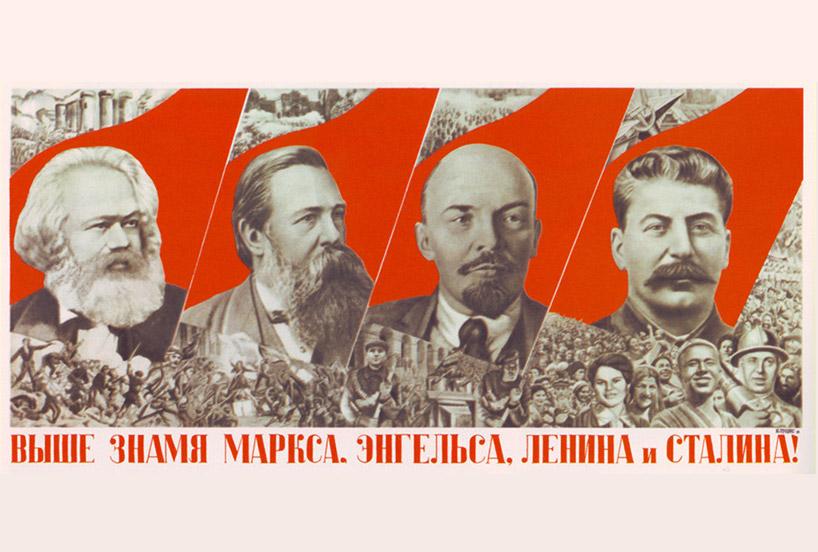
The constitutions of countries across Europe gave men – and in many cases women – the right to vote. State power was limited, which was a real breakthrough for democracy.
Ballot box Finland, early 20th century Vapriikki Museokeskus, Tampere, Finland

During the League of Nations Assembly of 7 September 1929, the French minister Aristide Briand called on European countries to condemn war with one voice and adopt a policy of disarmament. It was the first time a European state had taken the initiative of proposing joint European action.
Aristide Briand (1862-1932) French politician France, 1920s Granger Historical Picture Archive/Alamy Stock Photo

The Spanish Civil War began in 1936 and ended in 1939 with the victory of Franco’s dictatorship. His coup d’état against the Second Spanish Republic is illustrative of the period’s confrontation between dictatorship and democracy. The bombing of the Basque town of Guernica on 26 April 1937 by German and Italian planes was one of the most horrific events of the Spanish Civil War.
“Guernica” France, 1937 Bronze sculpture René Iché (1897-1954) House of European History, Brussels, Belgium
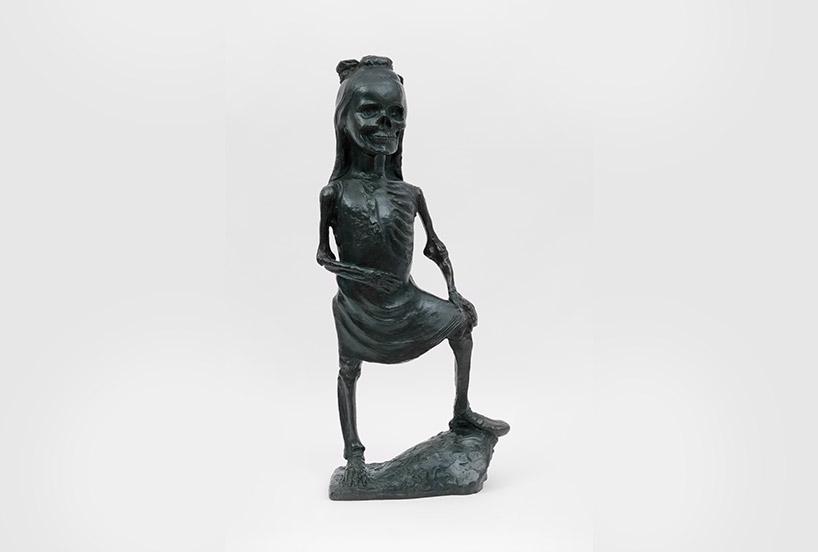
The Nazi regime brutally repressed its enemies and also ensured that those who were seen as security risks because of their political opposition, civil disobedience or resistance ended up in concentration camps.
Chart of prisoner markings Dachau concentration camp, German Empire, ca. 1938-1942 Reproduction KZ-Gedenkstätte Dachau, Dachau, Germany Bundesarchiv, Bild 146-1993-051-07 / CC-BY-S.A 3.0, Koblenz, Germany
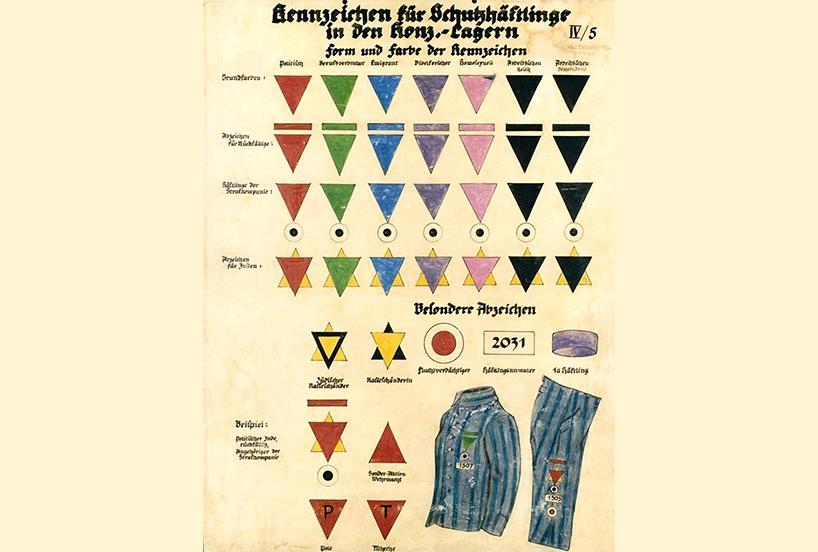
World War II
World War II is often described as a “total war”; abandoning the distinction between soldiers and civilians. Millions of people fell victim to mass execution, deportation, starvation, forced labour, concentration camps and bombing.
Under Nazi rule, millions were murdered through systematic social and ethnic cleansing. In both its scale and bureaucratic form, the genocide of the European Jews became an unparalleled event in history. Caught in the cross-fire between Nationalism Socialism and Stalinism, the war had a particularly brutal character in Central and Eastern Europe.
Germany’s ambitions for territorial expansion and the domination of Europe plunged the continent into war on 1 September 1939. A week earlier, Hitler and Stalin had agreed on a non-aggression treaty, including a secret provision that divided Central and Eastern Europe into Nazi and Soviet spheres of interest.
"Germany's European Mission" Berlin, German Empire, ca. 1941 Werner von Axster-Heudtlaß Poster Reproduction Deutsches Historisches Museum, Berlin, Germany
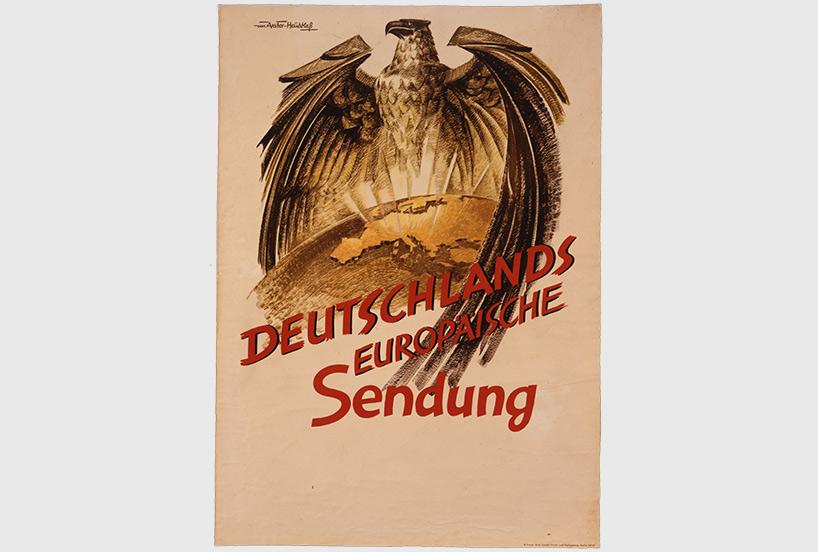
With people outraged and sickened by Nazi tyranny and brutality, resistance grew in those territories under occupation. It took different forms in different locations, varying from large-scale military encounters in Greece, Poland, Yugoslavia and the Soviet Union to civil resistance elsewhere.
Partisans (National Liberation Army) Yugoslavia, 1942-1945 Photograph Hrvatski povijesni muzej, Zagreb, Croatia

Jews in almost all occupied countries had to wear the yellow Jewish star, a shaming and degrading means of exclusion. The forced move of Jews to ghettos was an important preparatory step in the organisation of the Shoah.
Jewish star from France France, 1942-1944 בית לוחמי הגטאות / Ghetto Fighters' House Museum, Western Galilee, Israel

The harvest of destruction
An estimated 60 million people died in World War II, nearly two thirds of them civilians. Numbers alone, however, fail to convey the full extent of the personal tragedies involved or the catastrophic impact of these events on various groups of people. The objects assembled here tell the human story behind these events and challenge us all to consider how people come to terms with trauma and loss on such a scale.
Audio guides
Hundreds of thousands of civilians died during sieges due to hunger and hunger-related diseases.
Starving Dutch woman Amsterdam, German-occupied Netherlands, 1944-1945 Casparus Bernardus (Cas) Oorthuys (1908 - 1975) Photograph Nederlands Fotomuseum, Rotterdam, Netherlands

Millions of people were affected by forced internal migrations in the Soviet Union under Stalin’s regime during and after the war. This letter, written on the bark of a birch tree by a deported lawyer who had fallen ill while working in the Gulag, speaks of his hope of rejoining his family. He never saw them again.
Letter of a Gulag prisoner Vyatlag, Soviet Union, January 1943 Birch bark Tukuma muzejs, Tukums, Latvia

A prisoner of war’s chances of survival were dependent on which side and at what point during the war one was captured. The American Red Cross managed to prepare and ship more than 27 million parcels in order to increase prisoners’ chances of returning home safe.
Red Cross parcel United Kingdom, 1945 Cardboard Imperial War Museum, London, United Kingdom
